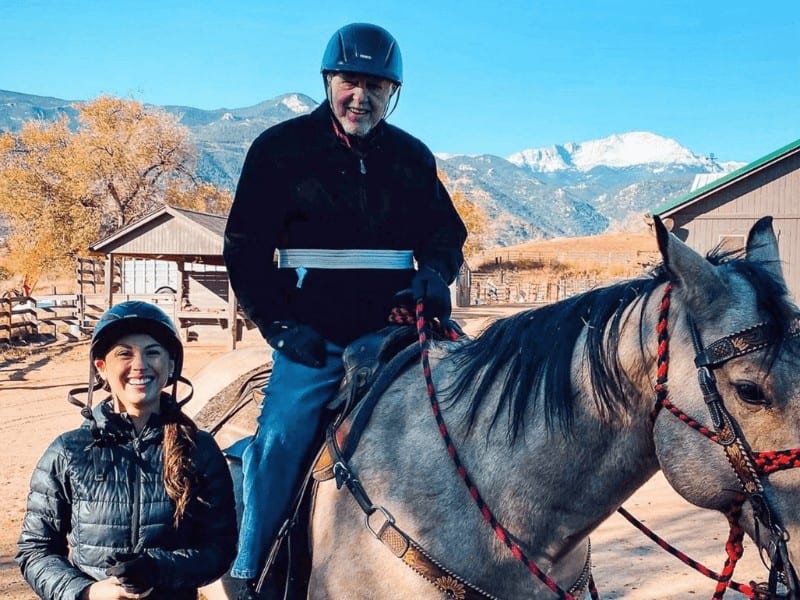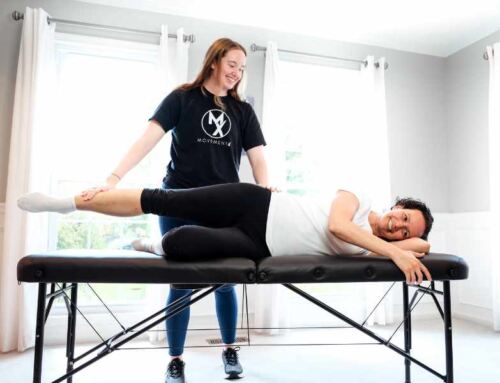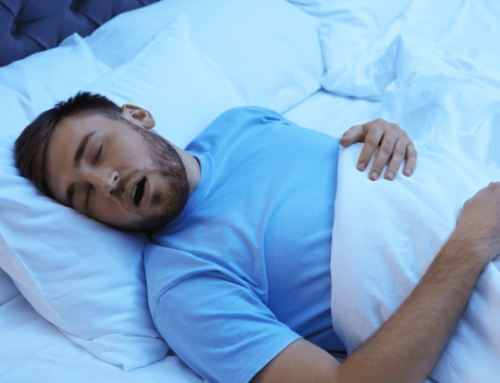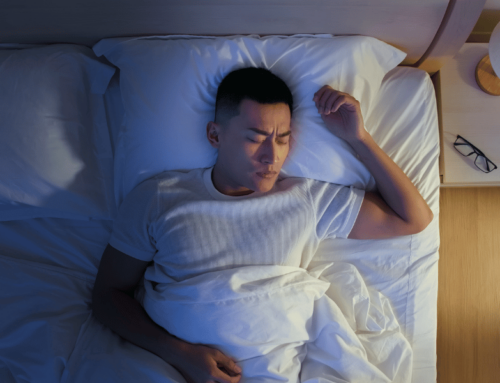5 Post-Stroke Physical Therapy Myths
Physical therapists play a crucial role in the rehabilitation process for people who have experienced a stroke, along with a team of occupational therapists, speech language pathologists, neuropsychologists, physiatrists, and more.
Physical therapy after a stroke is vital for restoring functionality, maximizing independence, preventing secondary complications, promoting motor skill recovery, stimulating neuroplasticity, managing pain, providing emotional support, and maintaining long-term health.
Unfortunately, many myths surrounding post-stroke rehab prevents some people from reaching their maximum potential recovery. Let’s bust 5 of the most common myths around this topic and discover how to effectively approach post-stroke rehabilitation.
Myth 1: No improvement is possible if there is severe impairment
Every stroke is different, and everyone’s recovery journey is different. This can make it challenging to offer an accurate prognosis, especially after a massive stroke with more severe impairment. Patients should find hope in neuroplasticity: the brain’s innate ability to rewire itself and bounce back from injury. For neuroplasticity to be most effective, it requires participation in intensive rehab programs to recover as much movement, speech and fine motor skills as possible.
Physical therapists offer various treatments to address severe impairments including passive range of motion, functional movements, electrical stimulation, dry needling, constraint induced movement, mirror therapy, mental practice and neurodevelopmental patterns. As improvement occurs, they may progress to other interventions like aquatic therapy, braces, assistive devices for gait training and other healthy lifestyle changes.

Myth 2: Recovery stops after 6 months
There is a common misconception that progress is not made 6 months after a stroke. It is true that spontaneous recovery, or rapid improvement, is most likely to occur in the first three to six months post-stroke. This is when your brain is the most “plastic” and intensive therapy is most important to positively impact neuroplasticity.
However, recent studies have proved that recovery and neuroplasticity are possible years after a stroke.1 This highlights the importance of late stage and chronic rehab to address all impairments caused by a stroke. In my experience, I have guided many patients to gain significant improvements in their balance, walking, strength, independence and pain several years after their stroke.
Myth 3: Physical therapy is only about regaining movement
Physical therapy not only addresses physical impairments but also provides emotional support and motivation. The process of stroke recovery can be challenging and emotionally draining. Physical therapists serve as mentors, encouraging stroke survivors to persevere, stay motivated, and maintain a positive mindset throughout their rehabilitation journey. Physical therapists also address cognitive and speech impairments during their sessions, likely with assistance from other providers’ recommendations.
Physical therapists help patients find more joy and increase their quality of life by focusing on what is most important to each patient. They may focus on balance while walking on unsteady surfaces so that you can enjoy beach vacations with your family after suffering a stroke. They may offer solutions to decrease pain post-stroke to allow improved sleep and ability to travel. One of my previous patient’s goals was to return to horseback riding, so our sessions focused on training how to get on and off of a horse and balance on exercise balls with core stabilization. Practicing with MovementX allowed me to meet him at his stable and safely instruct his ability to return to horseback riding 2 years after his stroke!

Myth 4: Once discharged, therapy is no longer necessary
There is a false misconception that patients reach a “plateau” in rehab and must then be discharged from care. Stroke recovery is a long-term process, and significant progress can continue to be made even after the initial rehabilitation program. PTs work on improving balance, coordination, strength, and endurance to enhance the ability to perform essential tasks like walking, dressing, and bathing independently.
Stroke survivors are also at risk of developing secondary complications due to reduced mobility and muscle weakness. As PTs, we often remind our patients of the phrase “use it or lose it” relating to a neuroplasticity principle that “neural circuits not actively engaged in task performance for an extended period of time begin to degrade.”2
Physical therapy helps prevent these complications by implementing exercises, stretches, and techniques that promote proper body alignment, positioning, and circulation. This reduces the risk of muscle contractures, pressure sores, and other issues associated with immobility.
By continuing physical therapy after discharge from formal rehabilitation centers or in-network physical therapy offices, stroke survivors can maximize their potential for long-term recovery and regain their independence and quality of life.
Myth 5: All physical therapists offer the same treatment
Post-stroke physical therapy is tailored to the specific needs and goals of each individual. Though your doctor may recommend which rehabilitation option is best for you, you and your family have the ultimate choice in your physical therapist. In most states, you don’t need a physician’s referral to access a physical therapist’s services through direct access.
The benefits of seeing a MovementX physical therapist include that they can come to your home, you have their complete one on one attention and you can continue treatment as long as needed without insurance limiting visits. We recommend finding a physical therapist with experience treating neurological conditions, various neurological certifications or a Neurological Clinical Specialist.
Therapists assess ongoing challenges and customize treatment plans accordingly, considering factors such as the severity of the stroke, remaining impairments, and personal objectives. This personalized approach ensures that therapy targets the areas most important for the individual’s recovery journey.
Conclusion
In reality, we are all temporarily able-bodied individuals—so it is important to bring awareness to these common myths which could affect our loved ones or ourselves.
The more we know, the more we can advocate for more recovery after someone experiences a stroke. So remember:
- Recovery and neuroplasticity continues years after the initial stroke
- Improvement is possible even after severe impairment
- Physical therapy helps with more than just mobility
- Physical therapy is ongoing, even after formal discharge from hospitals and clinics
- Physical Therapists practice in different ways, find the best one for you
Please help us debunk these common myths you may hear surrounding stroke rehab. If you or someone you know has a stroke, consider finding a supportive MovementX provider near you for a tailored rehabilitation plan to help achieve optimal recovery.
References
- Ballester BR, Maier M, Duff A, et al. A critical time window for recovery extends beyond one-year post-stroke. Journal of Neurophysiology. 2019;122(1):350-357. doi:10.1152/jn.00762.2018
- Kleim JA, Jones TA. Principles of experience-dependent neural plasticity: implications for rehabilitation after brain damage. J Speech Lang Hear Res. 2008 Feb;51(1):S225-39. doi: 10.1044/1092-4388(2008/018). PMID: 18230848.
About the Author
Dr. Mikaila Boldt is a physical therapist with MovementX in Pinehurst, North Carolina. She is also a Certified Brain Injury Specialist (CBIS), Registered Yoga Teacher (RYT 200), LSVT BIG Certified (for Parkinson’s Disease), and certified in Postpartum Rehabilitation through Herman & Wallace. When not working with clients, Mikaila enjoys hiking, skiing, traveling, reading, practicing yoga, or snuggling her sweet pup!








